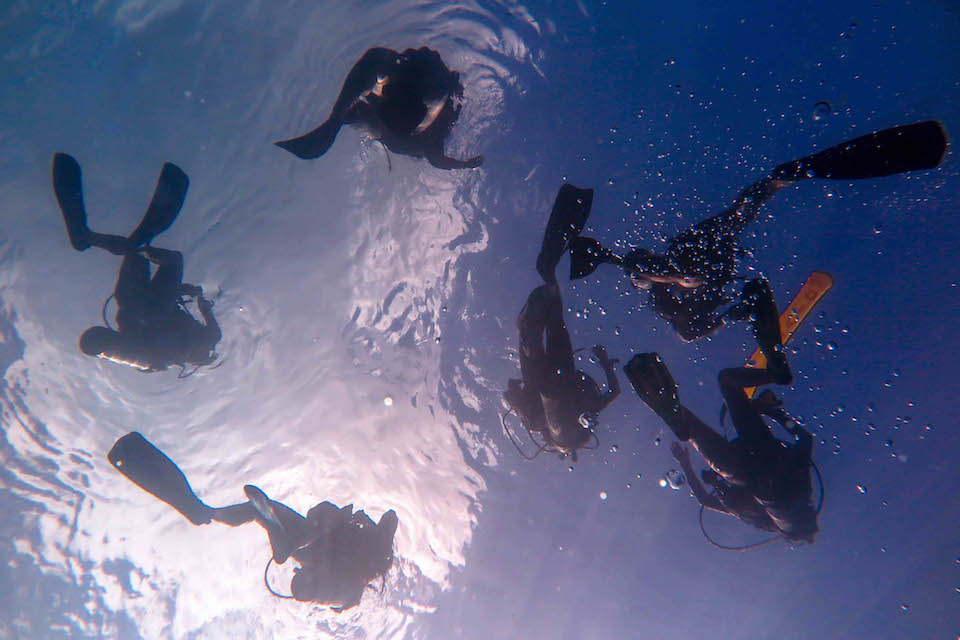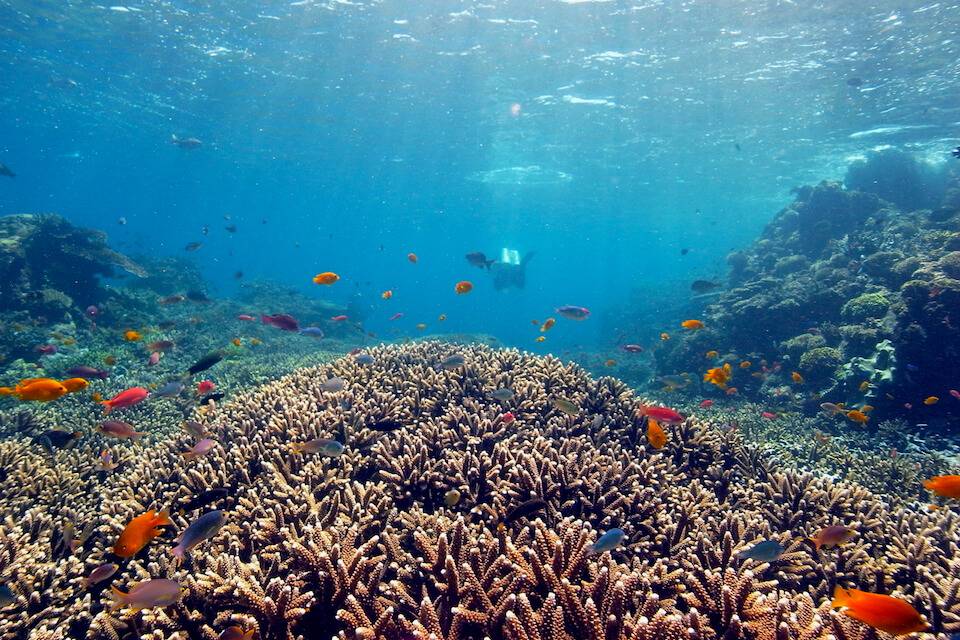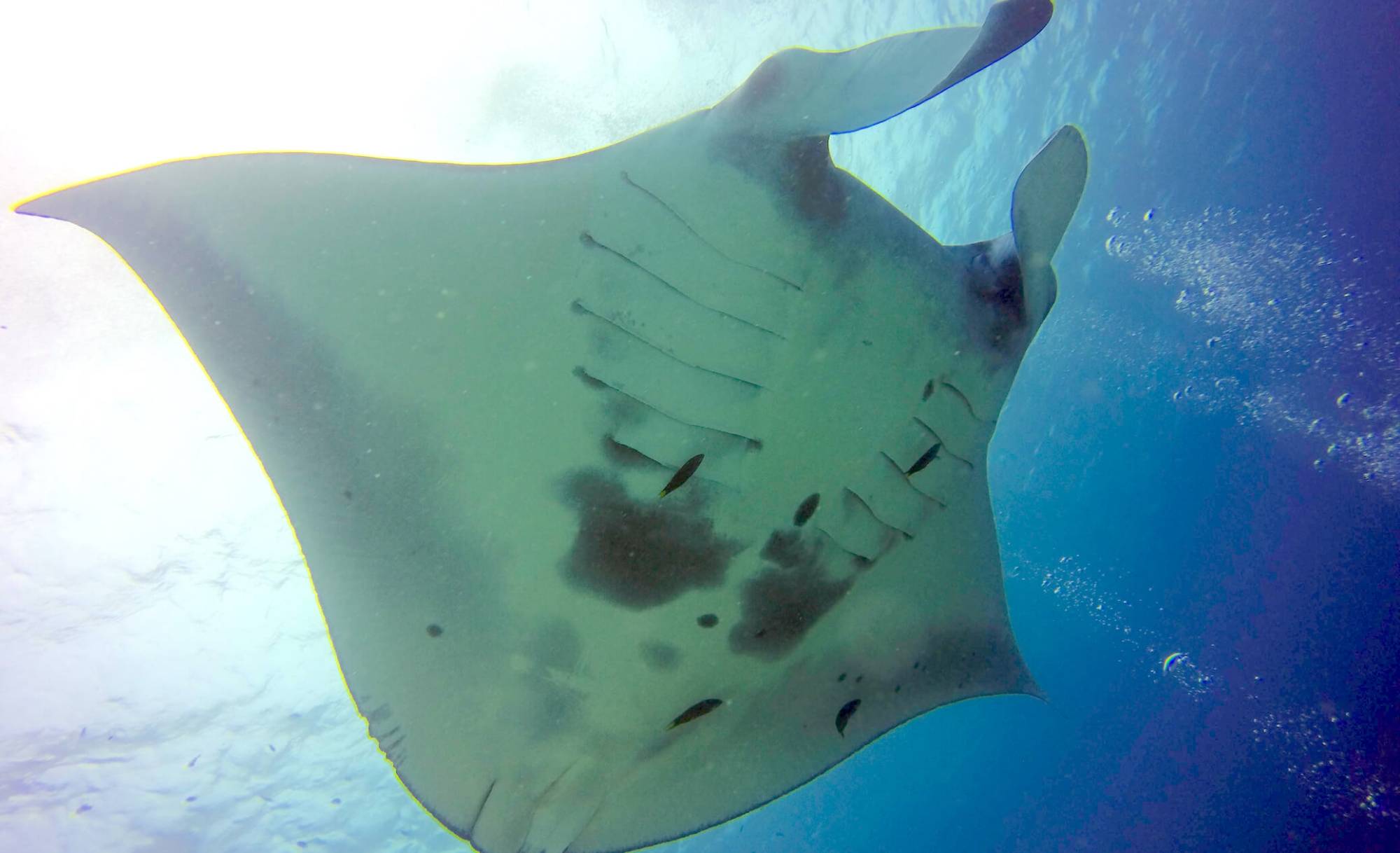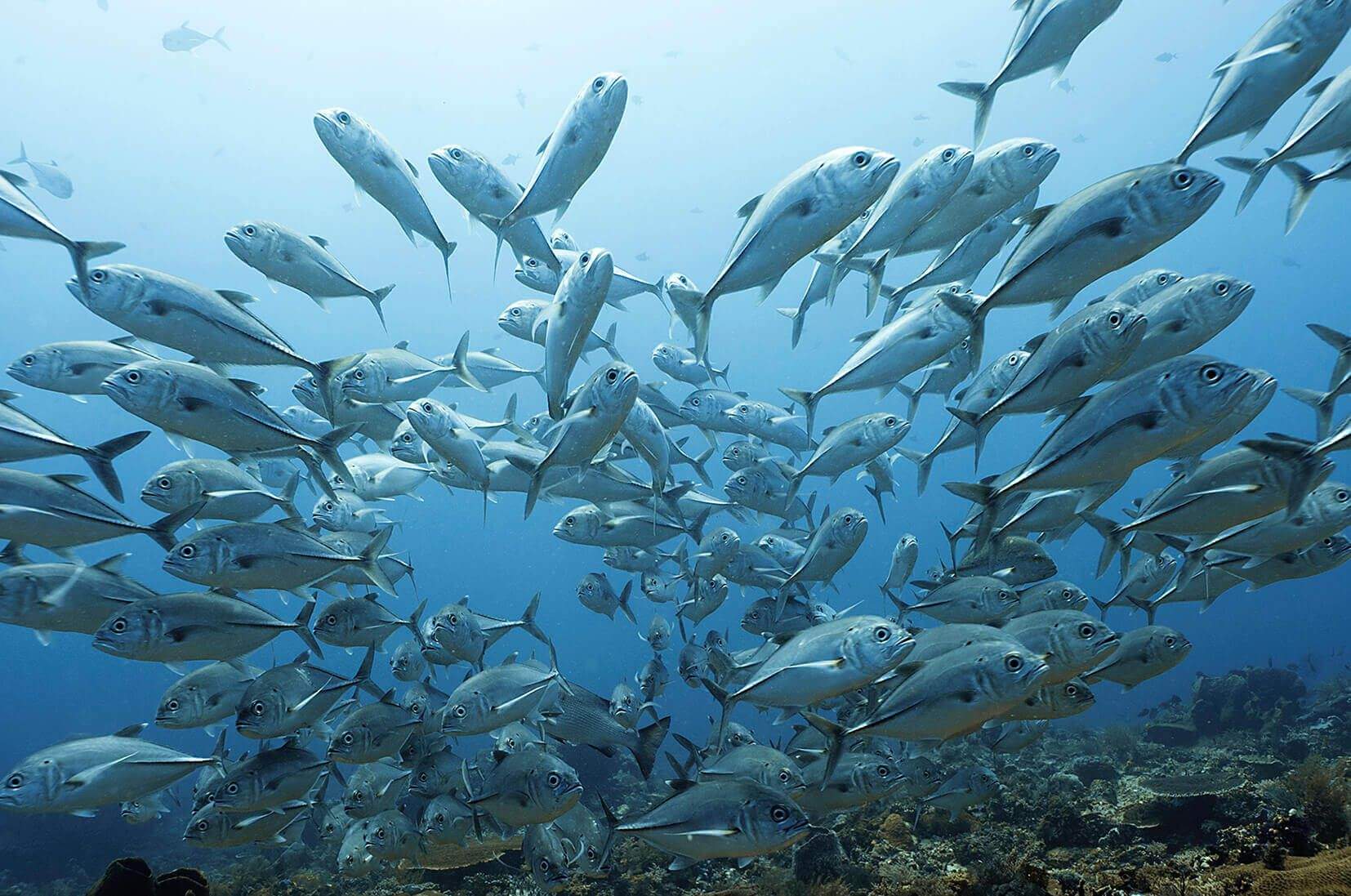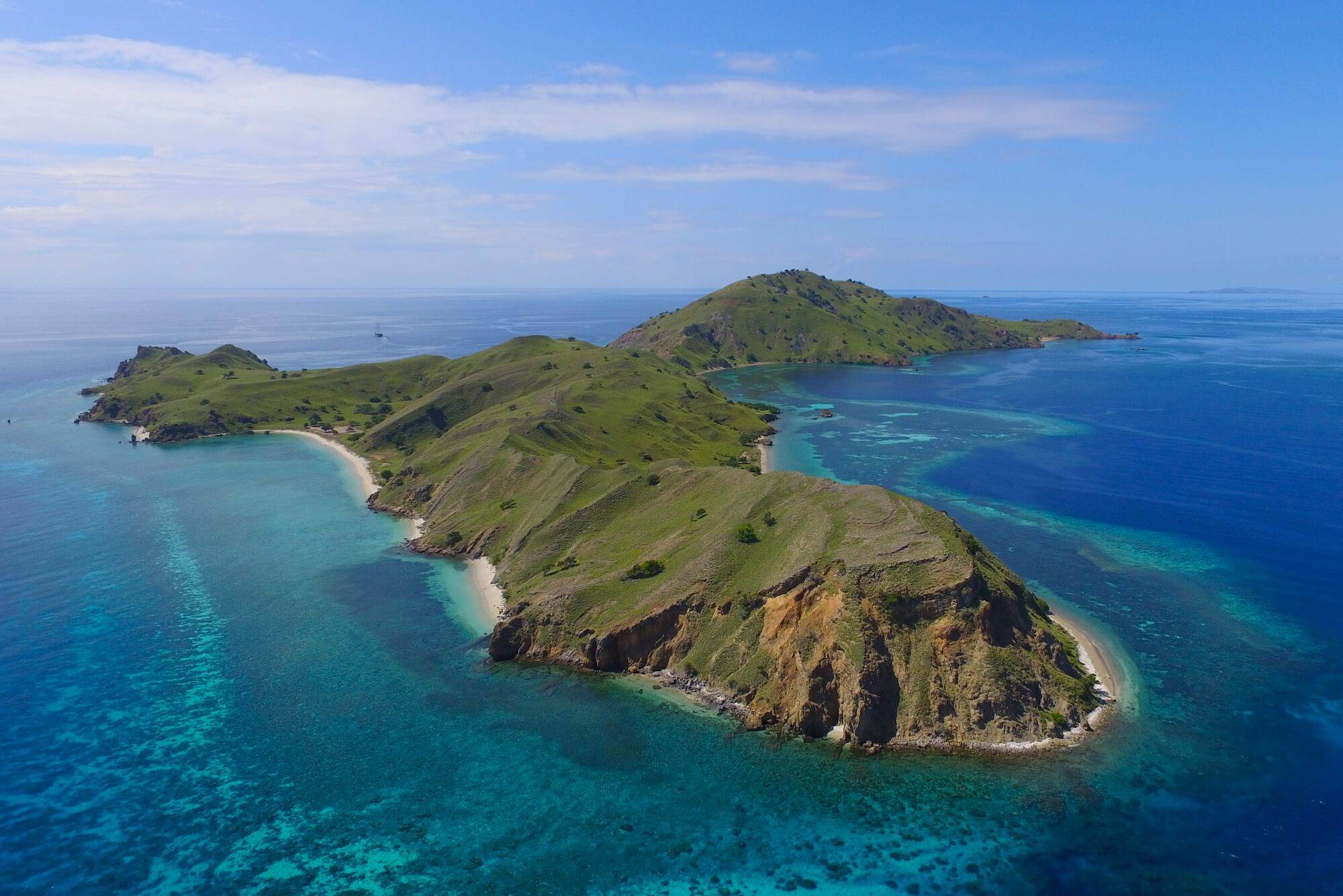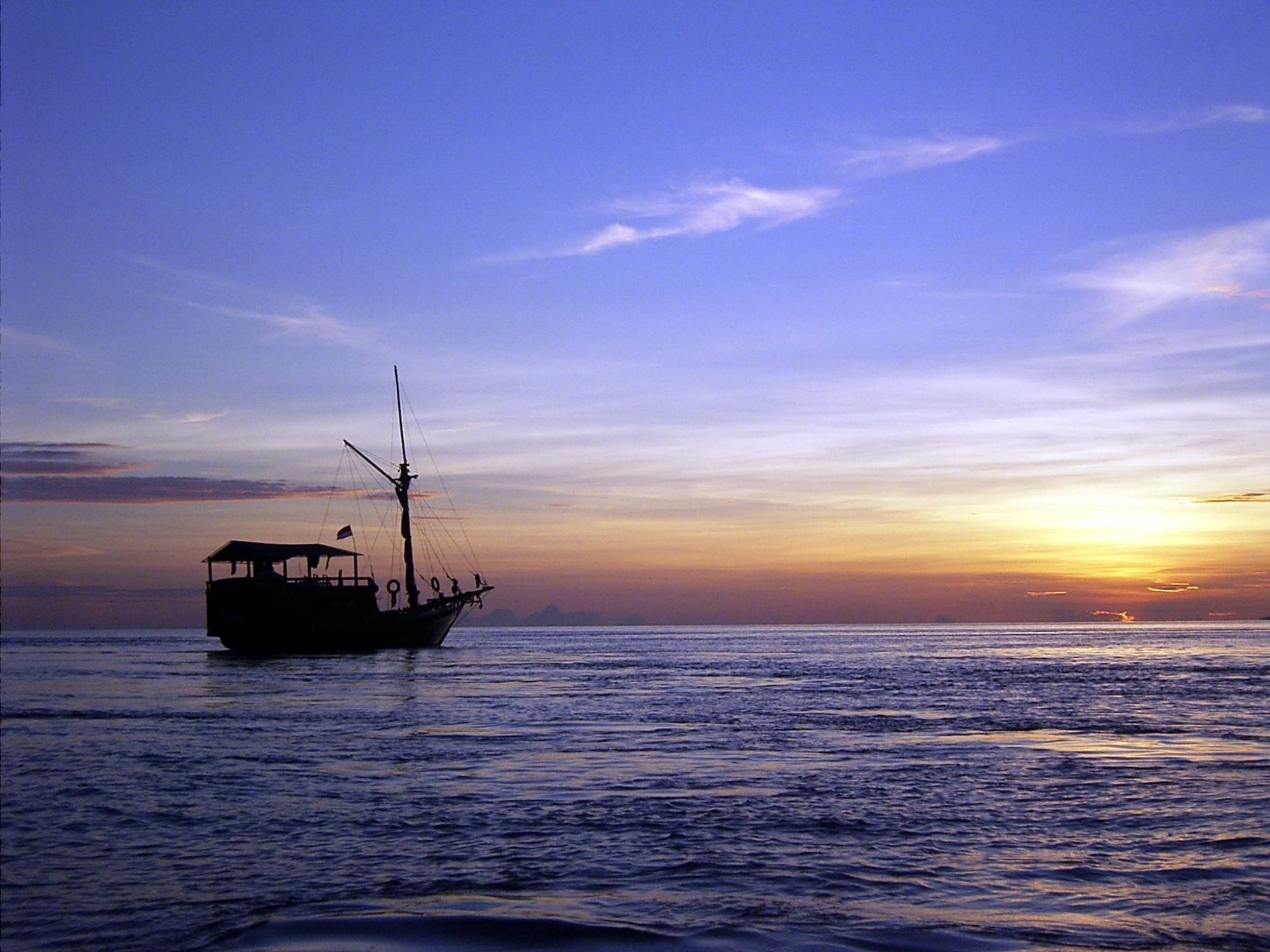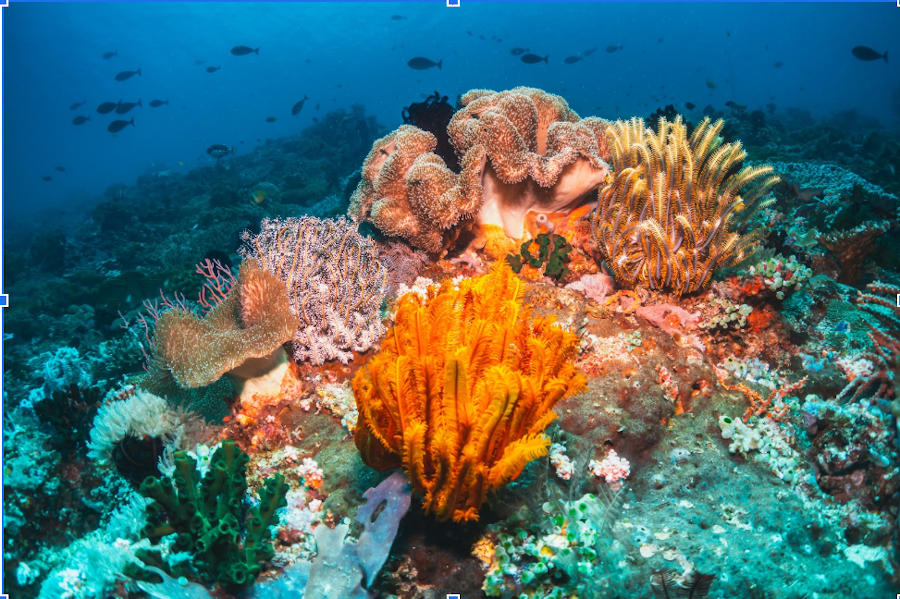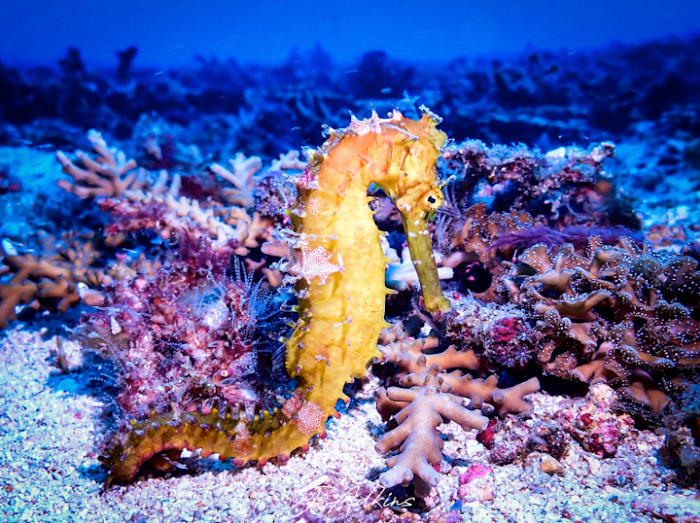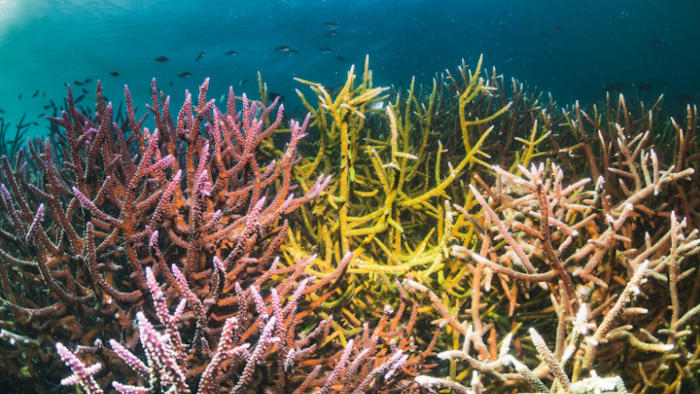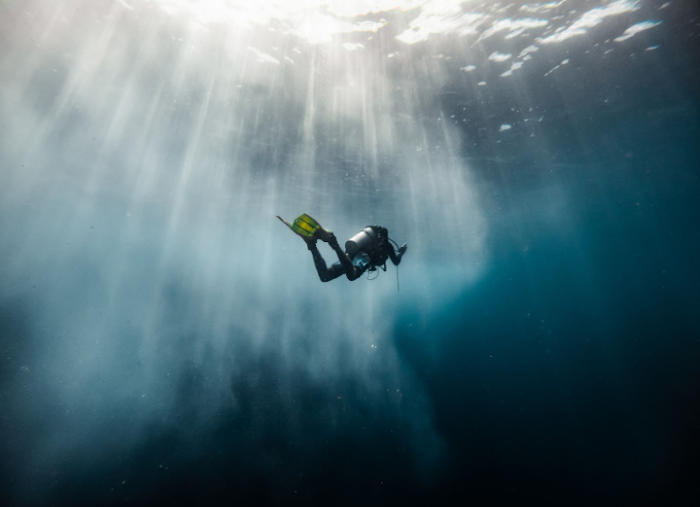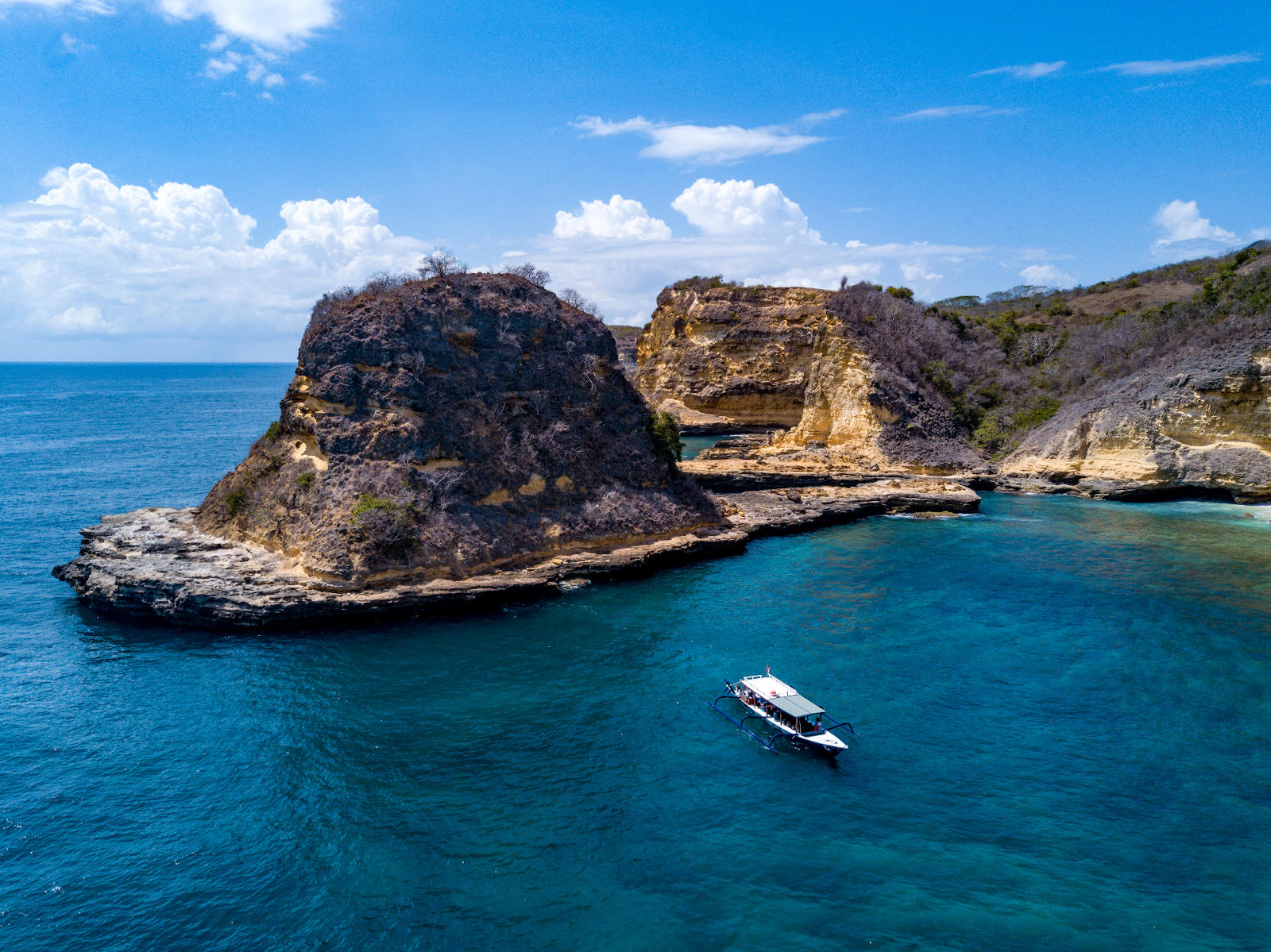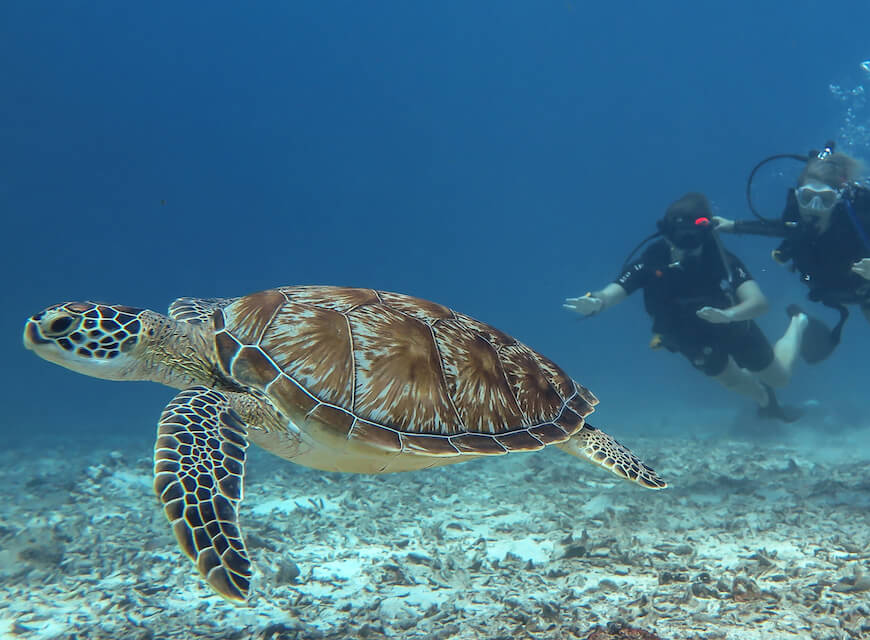
Gili's Reefs
The wide range of dive sites in the Gili’s gives you a variety of topography with a range of hard and soft corals. From wall dives, bommys, wrecks to the largest Biorock program in the world (artificial reefs).
The perfect training ground for beginners, the reef provides an abundance of marine life with gentle drift dives and crystal-clear waters. Popular dive sites include Sunset Reef and Shark Point.
For the advanced diver there is the Japanese World War II wreck, Deep Turbo with its sea mounds and overhangs and Takat Tunang the ideal training spot for deep technical diving.

marine life
YOU'LL MOST LIKELY SEE:
green turtles, hawksbill turtles, cuttlefish, octopus,
mantis shrimp, clownfish, lionfish, trevally, blacktip reef
sharks, whitetip reef sharks
KEEP YOUR EYES PEELED FOR:
nudibranchs, pygmy seahorses, ghost pipefish, mandarin fish,
frog fish, eagle rays
LUCKY YOU:
mantas, mola mola, whale sharks, weedy scorpionfish, blue
ringed octopus
dive sites
Our 24+ dive sites (all a mere 10-15 minutes away from our central location) offer sloping reefs, walls, BioRocks and multiple wrecks. Depending on the dive site, currents range from non-existent to fairly strong pushes. However, almost all dives are treated as drifts, so the boat will pick you up wherever you surface.
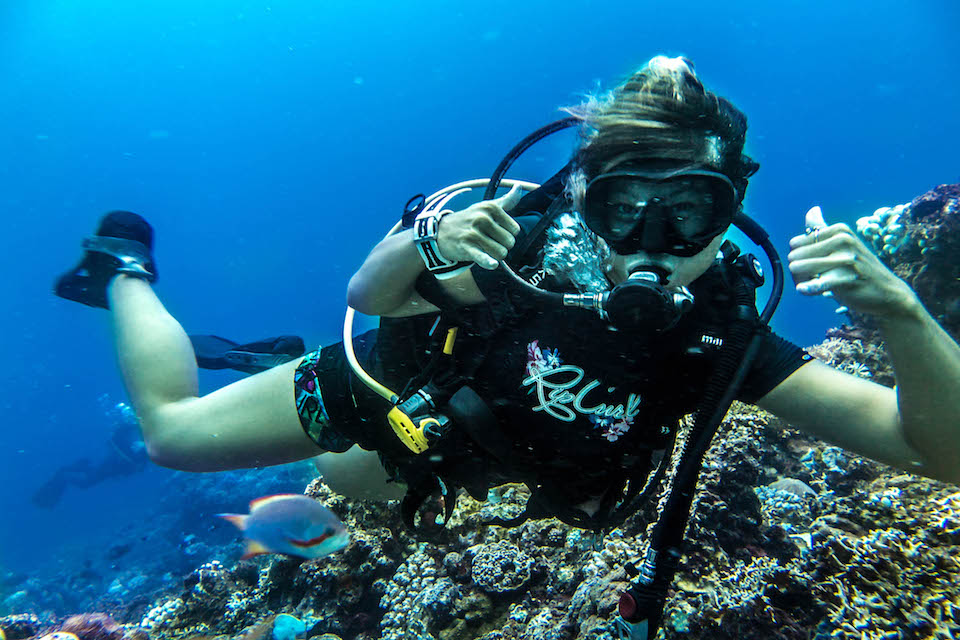
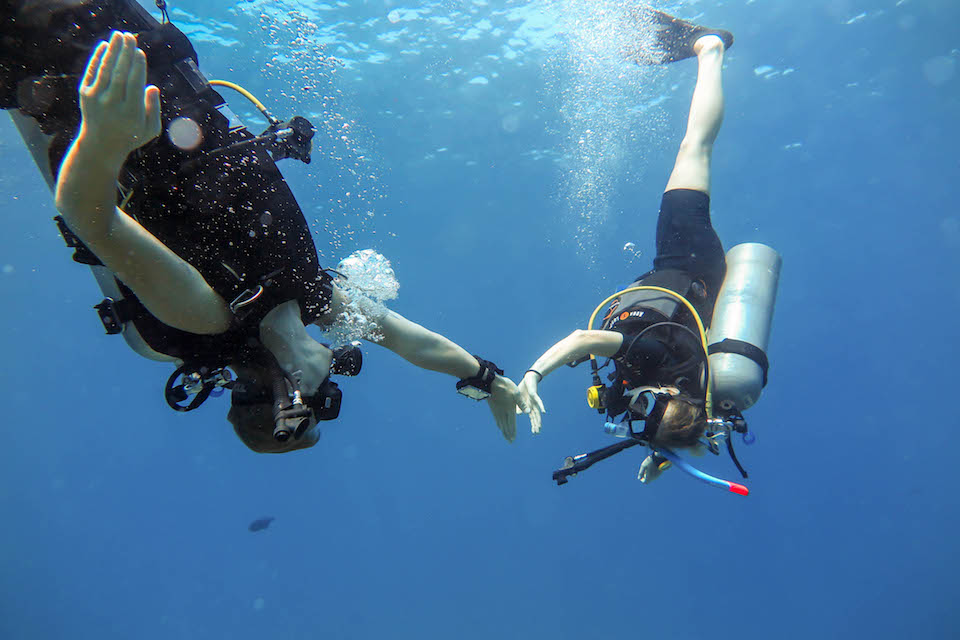
temperature
Temperature is dependent on the season, but waters are generally quite warm, averaging about 28-29 degrees Celsius. The warmest waters are generally present from May through August with colder temperatures from December through March.
Visibility
Vibility in the Gilis ranges from 10 to 35 metres, depending on the time of the year. From December through March, we generally experience reduced visibility (about 10-20m) due to higher plankton content in the water. However, it is this same plankton that attracts pelagics such as whale sharks, manta and even mola mola! Our best visibility falls around May through August with 30+ metres being pretty typical.
